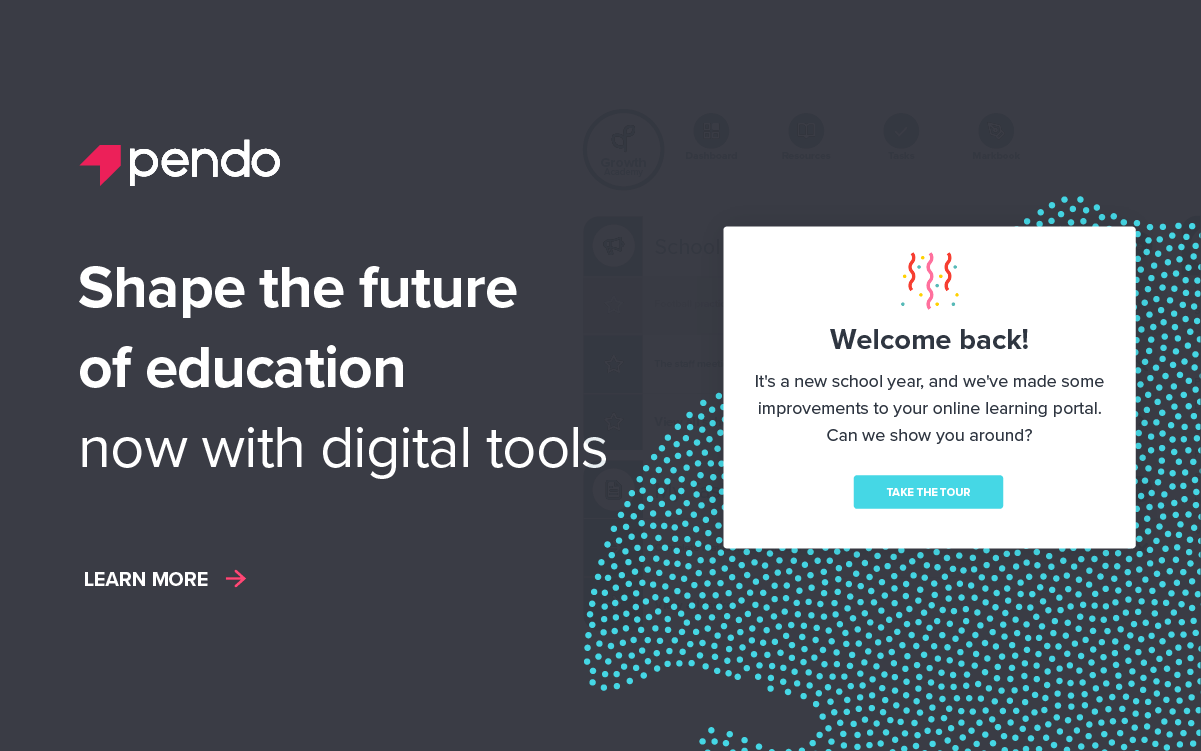This blog post is part of a broader series analyzing the impact the COVID-19 crisis is having on software product usage across 40+ industries and sub-industries. For additional insights and analysis from our data science team, check out our previous posts in the series.
When schools closed their doors in March, elected officials, administrators and teachers scrambled to make online learning possible for students. We wanted to measure how education software was impacted in the transition to virtual learning, so we began monitoring product usage and making the data available for others to keep tabs on emerging trends in the space.
We looked at eLearning platforms, which include products and websites that let students access educational curriculum outside of a traditional classroom, and edtech, which are the products, apps, and tools that make virtual learning possible. We were surprised to see how quickly the education system adapted to virtual learning. Before the end of March, eLearning software usage jumped 157% above baseline levels, and eventually peaked at 167% toward the end of April. Edtech followed a similar trajectory, peaking at 150% compared to pre-COVID-19 levels.
教育
)
As anticipated, peaks began to slide in May as the school year started coming to a close. But what insights can we pull from the last few months to understand the future of eLearning and edtech? Will the pandemic serve as an inflection point for K-12 eLearning? And how will the pandemic impact corporate and consumer virtual learning?
eLearning outlook for K-12 institutions
K-12 eLearning “booms” have always fizzled out because institutions never fully adopted virtual platforms as a replacement for in-person schooling for a myriad of reasons, including the wide education inequality gap. Some believe a new hybrid learning model will emerge in the aftermath of the pandemic, but others are more pessimistic without clear solutions for equitable eLearning opportunities and with so much uncertainty surrounding a second wave of the pandemic.
On top of the ongoing health crisis, institutions are planning for budget cuts this Fall as a result of the economy. According to Rebecca Koenig at EdSurge, “For the edtech industry, the pandemic poses a paradox. Never before have schools and colleges so urgently needed digital tools and services to facilitate remote learning—and been less able to afford them.”
With budget cuts and uncertainty around social distancing restrictions for the Fall, we’ll likely see better optimization of eLearning solutions that were used this school year, but may not see product usage levels much higher than what we saw in April as school districts are reeling with budget cuts.
Corporate and consumer-focused opportunities
Getting “in the door” with school districts can be pretty difficult, which is one of the reasons why investors in recent years have seen greater opportunity in the corporate and consumer-facing eLearning markets. According to Metaari, a research firm that tracks the learning technology markets, investors were focused on corporate-facing learning tech in 2019 with investments doubling their levels from the previous year. Investors have noticed that SMBs and larger enterprises have increased their appetite for using Learning Management Systems (LMS) software to train their employees in a cost-effective way.
And now that parents of students—and adults with more time at home—have noticed the potential of virtual learning, online education platforms have seen major spikes in new users. Coursera says their enrollment numbers are up 644% and their “The Science of Well-Being” course, aimed at health and stress reduction, saw a 3500% increase in enrollment in March.
Where will the chips fall?
Over the next few months, edtech and eLearning companies, investors, school districts, administrators, teachers, and parents will be gearing up for the Fall. But there are still a lot of open-ended questions: will institutions have the capacity and budget to adopt new eLearning tools? Will consumers and parents of students keep up their enthusiasm for online learning? Will companies be in an economic position to expend more budget for corporate training?
There are a lot of unknowns, which is why we’ll continue to monitor product usage through the end of the year to see how usage compares to the levels we observed in the Spring. These product usage metrics may serve as early indicators for the health and outlook of the edtech and eLearning industries going forward. Find out more about how education technology providers can improve the digital learning experience.
調査手法
We gathered anonymized product usage data from a subset of Pendo customers and analyzed their average weekly growth during business days in the five weeks prior to the “COVID period” (2/3/20 – 3/6/20) to establish a baseline distribution of growth. We then updated average weekly growth during the COVID-19 period plotted against the baseline period. Products included in the analysis fall in one of the 40 industries, have at least 90 days of usage data and more than 10,000 average weekly events leading up to the COVID period to eliminate any outliers.



